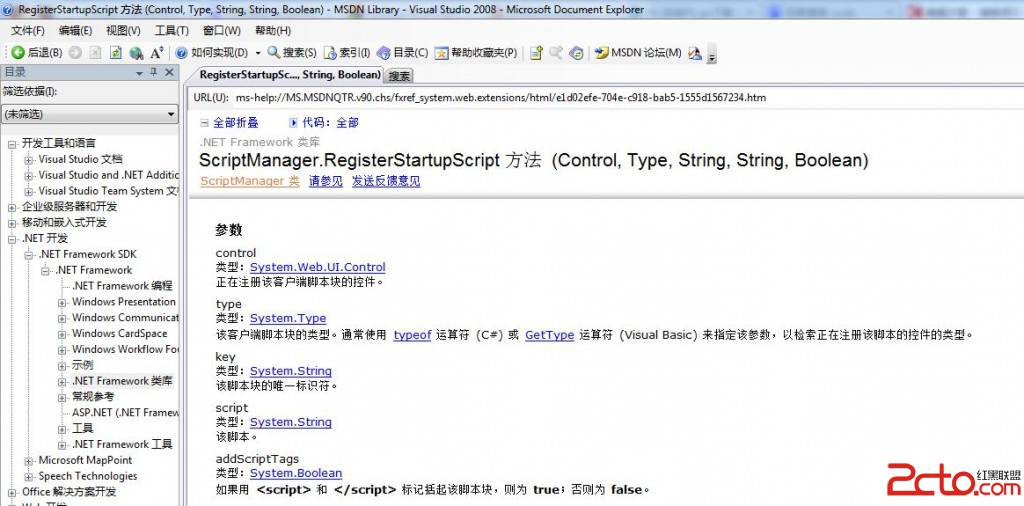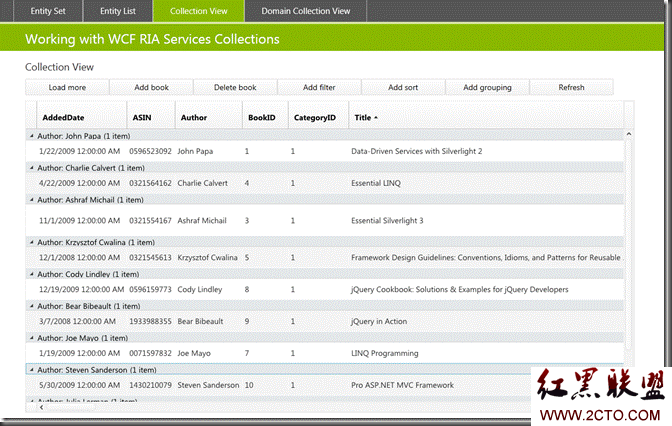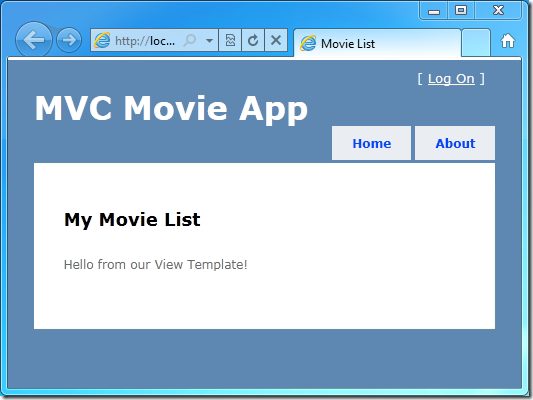答案:While this section is devoted to ASP database utilization, it very important to remember that this web site is not intended to be a thorough ASP resource. Remember, the focus of this site is strictly limited to how to use JavaScript as your primary scripting language for ASP.
You'll see how to construct connection strings in JavaScript, use JavaScript loops to manipulate recordsets, convert the JavaScript Date Object into a format that databases can accept, and to some extent you'll see how to make SQL statements in JavaScript.
You can find a lot of good resources on database utilization. Those resources, coupled with the next four lessons, will be everything you need to write ASP JavaScript database applications.
The Connection Object:
The connection object is the link between the database and your ASP script. Remember, it's a created or instanciated object, so we can have two or more instances of Connection on one page. Connection has eight (8) methods, eleven (11) properties, nine (9) events, and finally it has two (2) properties. We will discuss three of the methods, one of the properties, and then we will forego the rest.
There are four common connections. 1) MDL 2) DSN 3) ODBC 4) OLE-DB. MDL stands for Microsoft Data Link. Don't use it. Also, please don't use a DSN; it's slow and outdated and nobody recommends it. ODBC is better, but it's not the best. The recommended connection type is OLE-DB. That's the type of connection you'll see demonstrated below.
Get Started:
Below is the script for Lesson 16. Don't try to understand it yet. We will slowly pick this thing apart down below.
<%@LANGUAGE="JavaScript"%> <!-- METADATA TYPE="typelib" FILE="C:\Program Files\Common Files\System\ado\msado15.dll" --> <HTML> <BODY> <% var myConnect = "Provider=Microsoft.Jet.OLEDB.4.0; Data Source="; myConnect += Server.MapPath("\\"); myConnect += "\\GlobalScripts\\htmlColor.mdb;"; var ConnectObj = Server.CreateObject("ADODB.Connection"); var RS = Server.CreateObject("ADODB.Recordset"); var sql="SELECT ID, colorName, hexValue FROM colorChart;"; ConnectObj.Open (myConnect); RS.Open(sql,ConnectObj,adOpenForwardOnly,adLockReadOnly,adCmdText); Response.Write("<TABLE BORDER=\"1\" CELLSPACING=\"0\">\r"); Response.Write("<TR><TH>ID</TH><TH>colorName</TH>"); Response.Write("<TH>hexValue</TH></TR>\r"); while (!RS.EOF) { Response.Write("<TR><TD>" +RS("ID")+ "</TD><TD BGCOLOR=\"#"); Response.Write( RS("hexValue")+ "\">" + RS("colorName") ); Response.Write("</TD><TD>" +RS("hexValue")+ "</TD></TR>\r"); RS.MoveNext(); } Response.Write("</TABLE>\r"); RS.Close(); ConnectObj.Close(); RS = null; ConnectObj = null; %> </BODY> </HTML>Click Here to run the script in a new window.
Connection String:
This is by no means the most sophisticated database application ever built, but it will demonstrate everything we need to do. Let's start by looking at the connection string reprinted below.
var myConnect = "Provider=Microsoft.Jet.OLEDB.4.0; Data Source="; myConnect += Server.MapPath("\\ASP") myConnect += "\\GlobalScripts\\htmlColor.mdb;";That does look different than a VBScript connection string. As a matter of fact, let's compare.
Dim myVBconnect; myVBconnect = "Provider=Microsoft.Jet.OLEDB.4.0; Data Source="; myVBconnect += Server.MapPath("\ASP") myVBconnect += "\GlobalScripts\htmlColor.mdb;";We already talked about escape characters in lesson 02. We won't revisit them here. Down below you'll see that we use myConnect as an argument in the Open() method.
Managing the Connection:
I want you to pay attention to the next four lines of code that I reprinted below. First we instanciate a Connection Object.
var ConnectObj = Server.CreateObject("ADODB.Connection");Then we open the Connection.
ConnectObj.Open (myConnect);Then the Connection Object becomes the second argument in the Recordset Open() method.
RS.Open(sql,ConnectObj,adOpenForwardOnly,adLockReadOnly,adCmdText);And lastly, when we are finished with the Connection, we close it.
ConnectObj.Close();Next Up:
There is a lot of code left unexplained in this example. We'll repeat the same script in lesson 17 and go over most of what we left out the first time through.
上一个:用javascript编写asp应用--第一课--通览
下一个:javascript asp教程第七课--response属性
- 更多asp疑问解答:
- asp正则过滤重复字符串的代码
- 用asp过滤全部html但保留br类似的符号
- 会asp,但感觉asp要过点,想学php。但我一般做的都是小公司的站,用access数
- PHP的空间可以用ASP的源代码吗?
- 以前做asp程序,现在应该怎样发展?是学.net还是php
- 以前做asp程序,现在应该怎样发展?是学.net还是php
- 想做一个市级的人才网acess,sql数据库,语言asp,jsp,php分别用哪种好
- jsp,asp,php 区别
- 我想找一个有比较多漏洞的网站的源码,比如可以asp,php注入等都可以。供学习研究用。请提供下载地址。。
- 现在候找人做个网站,用ASP,还是PHP语言去做好
- asp,php ,jsp,.net 对于做网站前台的重要吗?
- asp和php的区别是什么?
- 我是新手SEO菜鸟 请问wp dw php asp cms myspl dede 这些软件应该如何区分呀?
- 网页制作相关的三种语言:ASP JSP PHP那个好点,简单点?
- 网页制作相关的三种语言:ASP JSP PHP那个好点,简单点?





